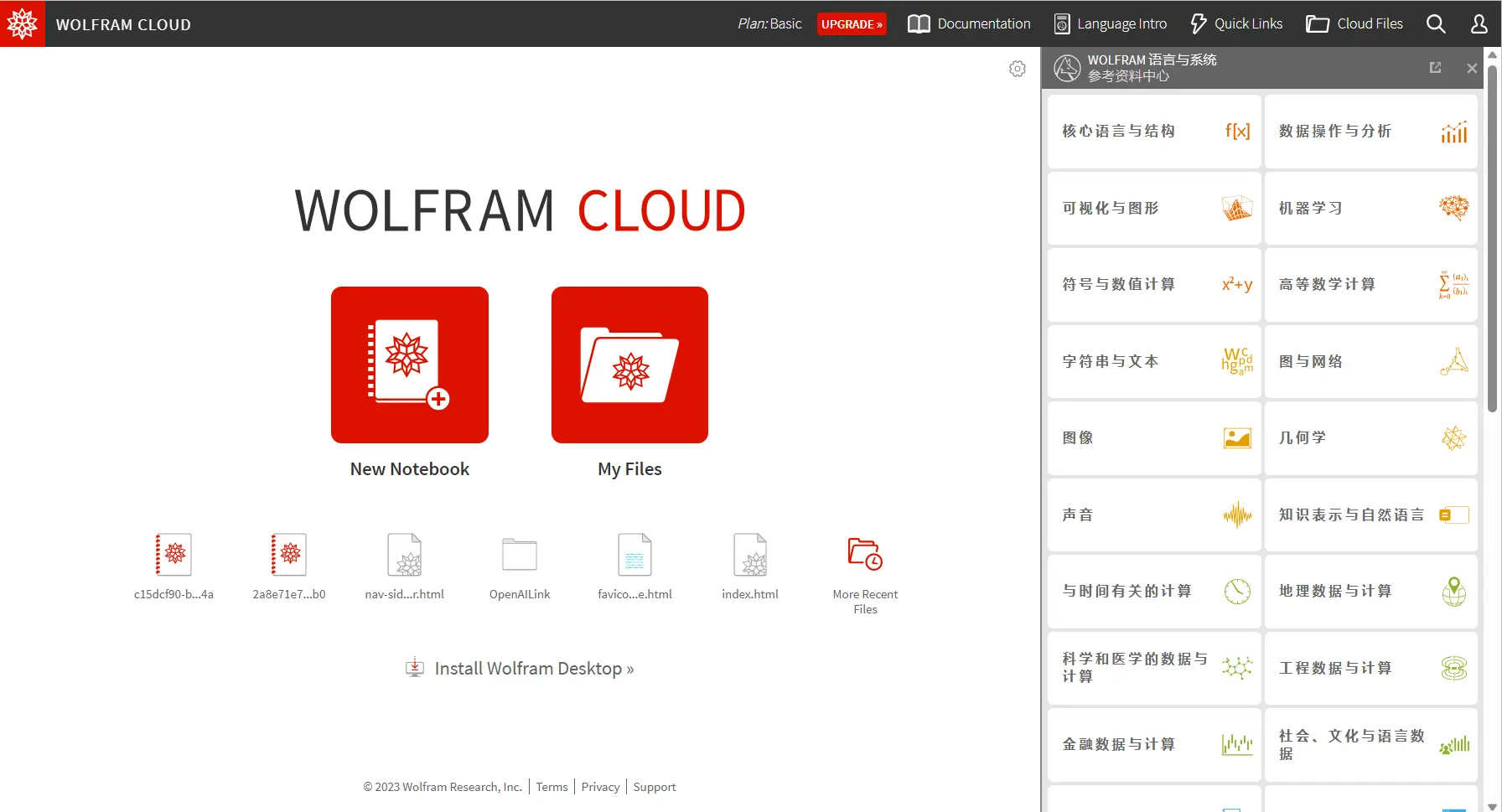Orthokeratology
Orthokeratology (also known as OK lenses) is a type of specialized rigid contact lens that corrects vision by reshaping the cornea. These lenses are typically worn at night, reshaping the cornea during sleep to provide clear vision during the day. This method of correction is temporary; if the wearing of these lenses is discontinued, the cornea gradually returns to its original shape. In recent years, orthokeratology lenses have been widely used to control the progression of myopia, especially in children and adolescents.
The term "control of myopia progression" refers to the situation where if a person wears regular glasses and their myopia changes by N diopters per year, if they switch to a certain treatment method, although their myopia still increases each year, the degree of change is x. The control rate is then calculated as (N-x)/N. For example, if the control group's myopia progresses by 1.00D per year, and with a certain treatment method, the experimental group's myopia progresses by 0.40D per year, then the control rate is 60%.
The design of orthokeratology lenses mainly focuses on the back surface, which usually includes the following parts:
Base Curve (BC): This is the central part of the lens, which is "close" to the center of the cornea (it would be inaccurate to say it is in contact). Its radius of curvature is larger than that of the cornea, used to reshape the cornea and thus correct vision.
Reverse Curve (RC): This is the second area of the lens, located on the periphery of the BC. Its radius of curvature is smaller than that of the BC, providing a transition area for the lens to better adapt to the shape of the cornea.
Alignment Curve (AC): This is the third area of the lens, located on the periphery of the RC. It is ensuring good contact between the lens and the cornea and providing a stable lens position.
Peripheral Curve (PC): This is the outermost area of the lens. It is ensuring the comfort of the lens and the health of the eyes.
Orthokeratology lenses are typically manufactured using a lathe to cut the lens material. The lens material rotates at high speed, and the cutting tool moves along a certain path to cut the lens material into the desired shape. The simplest path for the tool can be a circular arc or a straight line. Therefore, each arc segment can simply be a circular arc with its center on the central axis, or a straight line.
For simplicity and safety, the design I will demonstrate here is: BC is a circular arc, RC is a straight line, AC is a circular arc, and PC is a circular arc. Since various manufacturers are not willing to disclose their design of the RC curve, I simply replace it with the simplest straight line. Will the straight line RC curve connected to the circular arcs at both ends be uncomfortable to wear because of its sharp angles? It's possible, but polishing can solve this problem. Polishing eliminates the abrupt transitions at the connection points, making them smooth.
Wolfram Language
The Wolfram Language is an advanced programming language developed by Wolfram Research, primarily used in the fields of science, engineering, mathematics, computation, and technology.
Here are some key features of the Wolfram Language:
Symbolic System: The Wolfram Language is a symbolic programming language, meaning it can manipulate and transform various symbolic expressions. This makes it particularly powerful when dealing with mathematical and theoretical problems.
Integrated Knowledge Base: The Wolfram Language has a large amount of scientific and practical data built-in, including mathematical formulas, physical constants, geographic information, historical events, etc. This allows users to directly use this data in their programs.
Advanced Programming Constructs: The Wolfram Language supports various advanced programming constructs, including functional programming, rule-driven programming, pattern matching, list processing, etc.
Visualization Capabilities: The Wolfram Language provides powerful data visualization and graphic generation tools, making it easy to create a variety of complex graphics and animations.
Interactive Programming: The Wolfram Language supports interactive programming. Users can write code in a notebook interface and see the results in real-time, which is very useful for data analysis and teaching.
Cross-Platform: The Wolfram Language can run on various operating systems and platforms, including Windows, Mac OS, Linux, as well as in the cloud and on mobile devices.
In summary, the Wolfram Language is a very powerful and flexible tool, especially suitable for scientific computation, data analysis, algorithm development, and teaching tasks.
In other words, it's a calculator.
In this experiment, some calculations need to be performed. Of course, manual calculations are possible, but I have been using a calculator since the second grade, and I find it difficult to calculate anything manually. With the Wolfram Language, I can easily complete the calculations required in this experiment and leave room for future modifications. When needed, I just need to change the given parameters.
The easiest way to use the Wolfram Language is to go to https://www.wolframcloud.com/, register an account, and then click on New Notebook to get started.

For the basic syntax of the Wolfram Language and the use of the Notebook, you can refer to Wolfram Language: A Fast Introduction for Programmers. I will also explain this in subsequent courses.
For now, you just need to try entering 1+1 in the Notebook, then press Shift+Enter.
Reference
Cybersight Lecture: Introduction to Orthokeratology






Comments